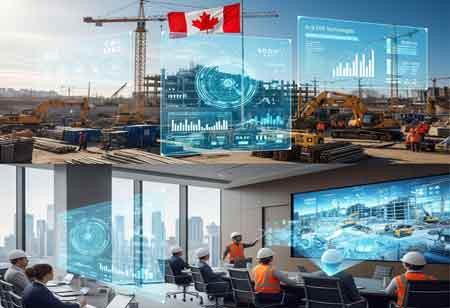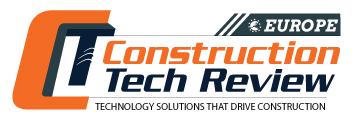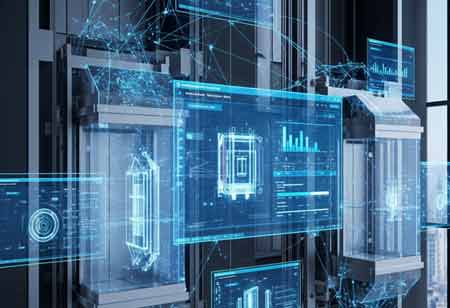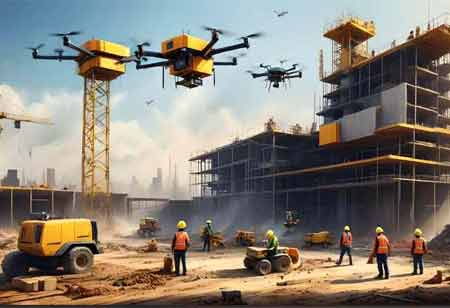THANK YOU FOR SUBSCRIBING
AI Meets ERP: Transforming Site-to-Boardroom Visibility in Canadian Construction


 Copyright © 2025 All Rights Reserved | by:
Copyright © 2025 All Rights Reserved | by: Construction Tech Review
| Subscribe | About us | Sitemap| Editorial Policy| Feedback PolicyTop







